Drug development is a complex and costly endeavor, with a high failure rate. One key reason for this is the lack of accurate preclinical models that can predict clinical outcomes. Orthotopic patient-derived xenograft models have emerged as a powerful tool to address this challenge. By closely mimicking the tumor microenvironment and patient-specific biology, these models offer a more accurate representation of human cancer.
The Importance of the Tumor Microenvironment
The tumor microenvironment plays a crucial role in tumor growth, progression, and response to therapy. It comprises a complex network of cells, including immune cells, fibroblasts, and endothelial cells, as well as extracellular matrix components. Subcutaneous PDX models, while widely used, often fail to recapitulate the intricate tumor microenvironment.
Orthotopic PDX Models: A Superior Approach
Orthotopic PDX models involve transplanting tumor tissue into the site of origin. For example, a lung tumor will be implanted into the lung of a recipient model. This approach offers several advantages:
- Accurate Tumor Microenvironment: Orthotopic models closely mimic the native tumor microenvironment, including immune cell infiltration, stromal components, and vascularization.
- Metastasis Prediction: They allow for the study of metastatic potential and the identification of potential metastatic sites.
- Drug Response Prediction: Orthotopic PDX models can accurately predict drug response, including resistance mechanisms.
- Personalized Medicine: They enable the development of personalized treatment strategies based on individual patient tumor biology.
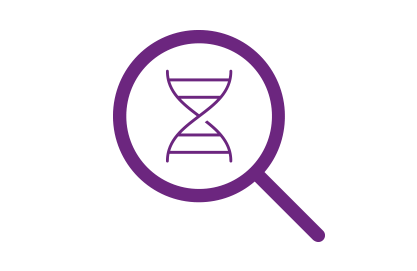 Key Takeaways
Key Takeaways




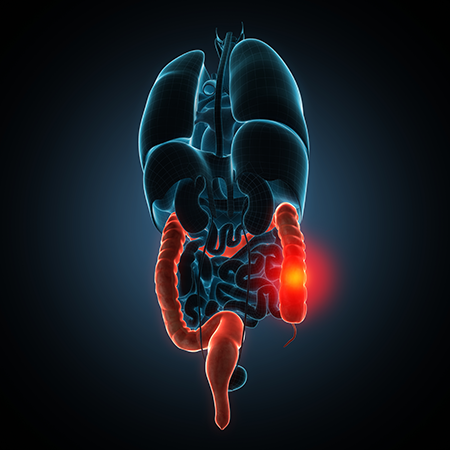




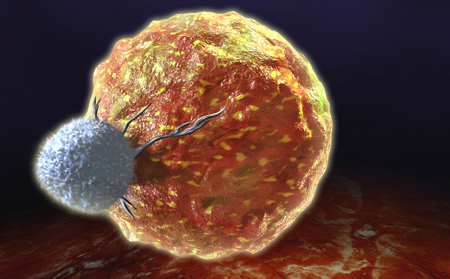

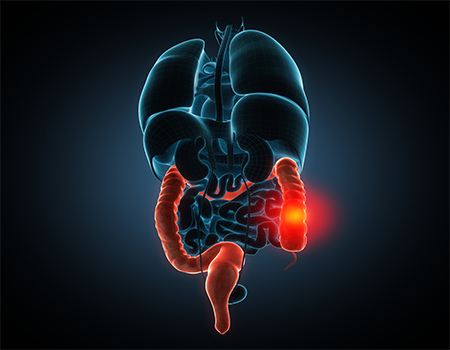
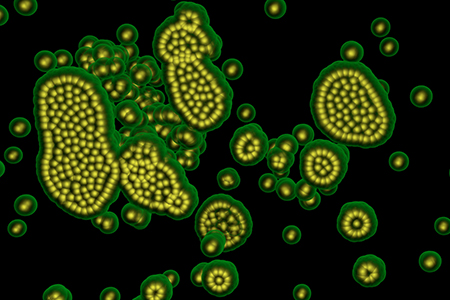

.jpg)

.jpg)
.jpg)
.jpg)
.jpg)




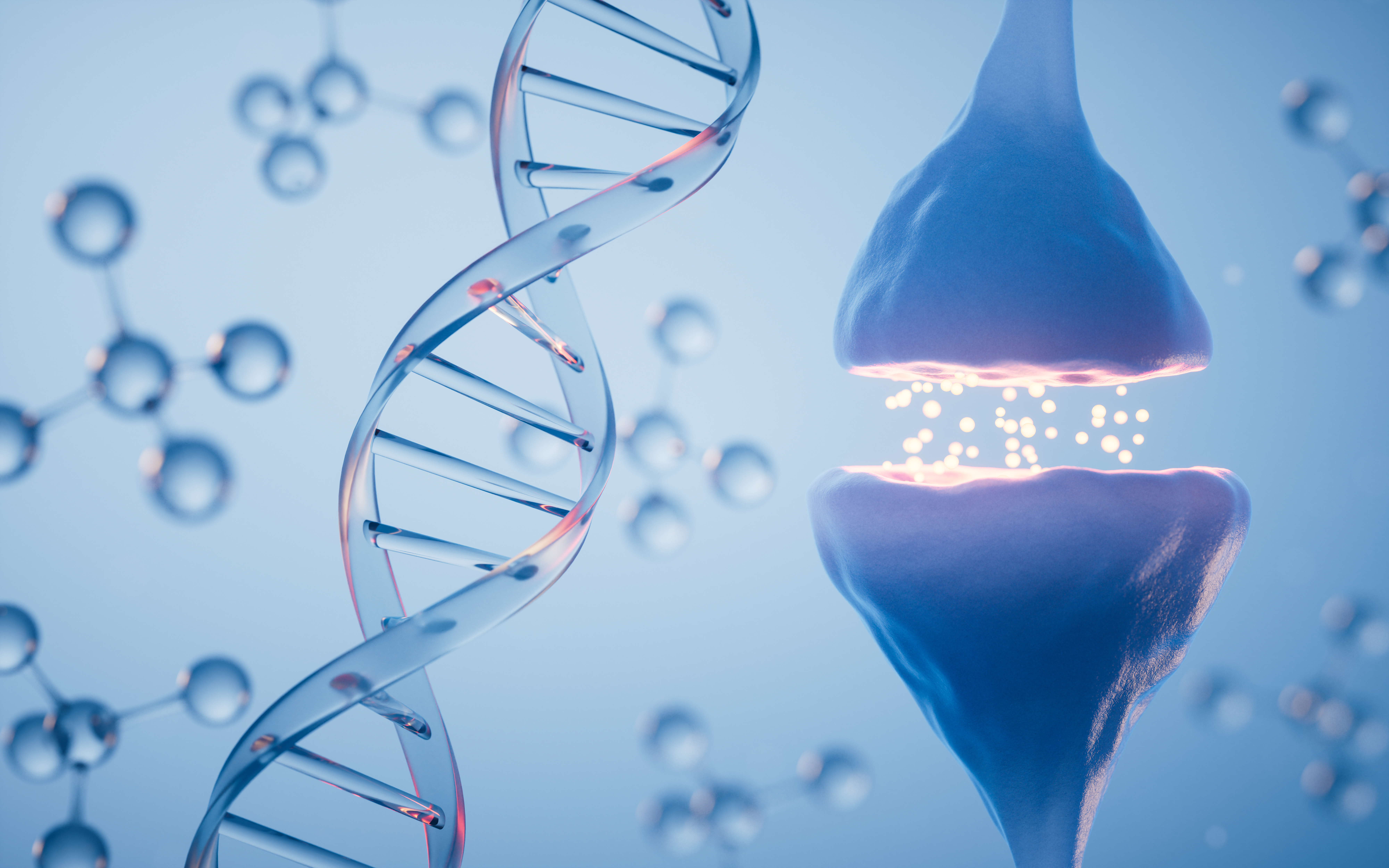
.jpg)


.jpg)
.jpg)

.jpg)


.jpg)





.jpg)

.jpg)





